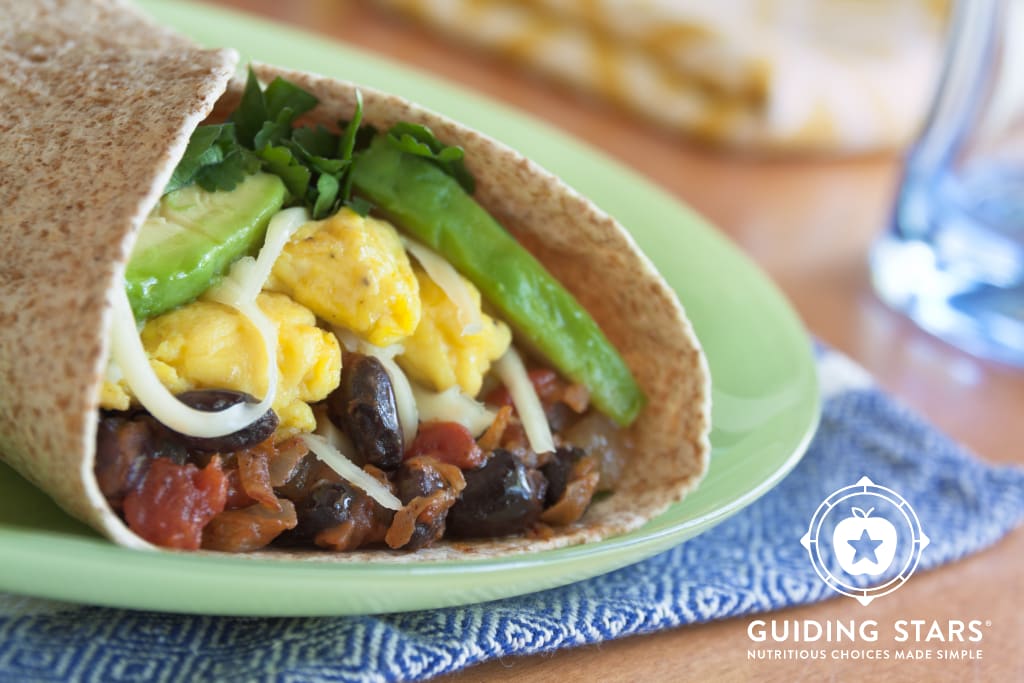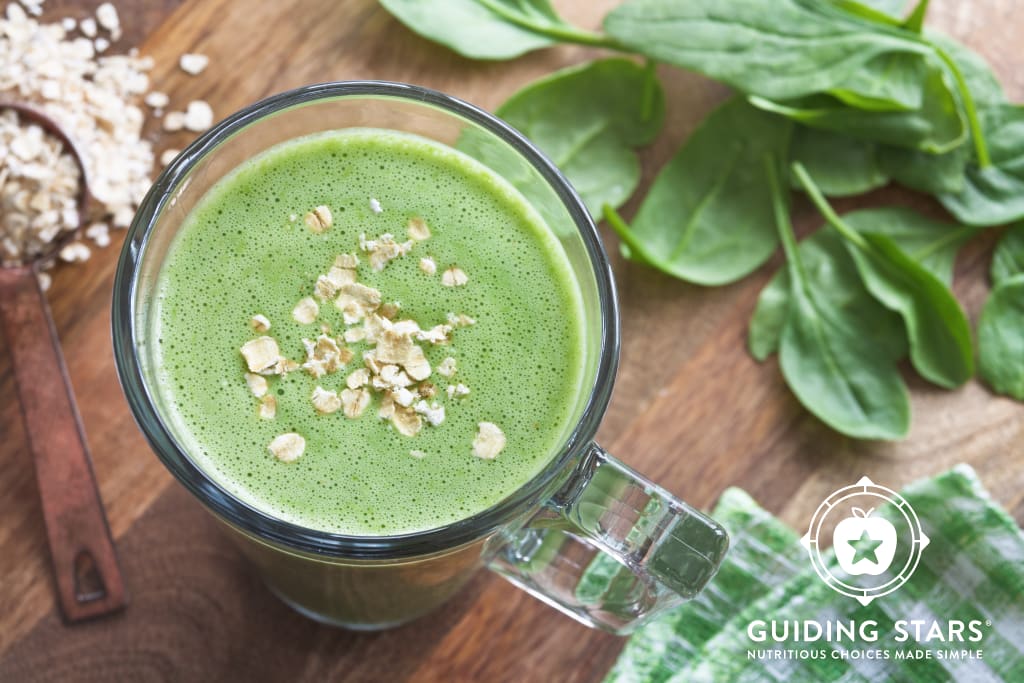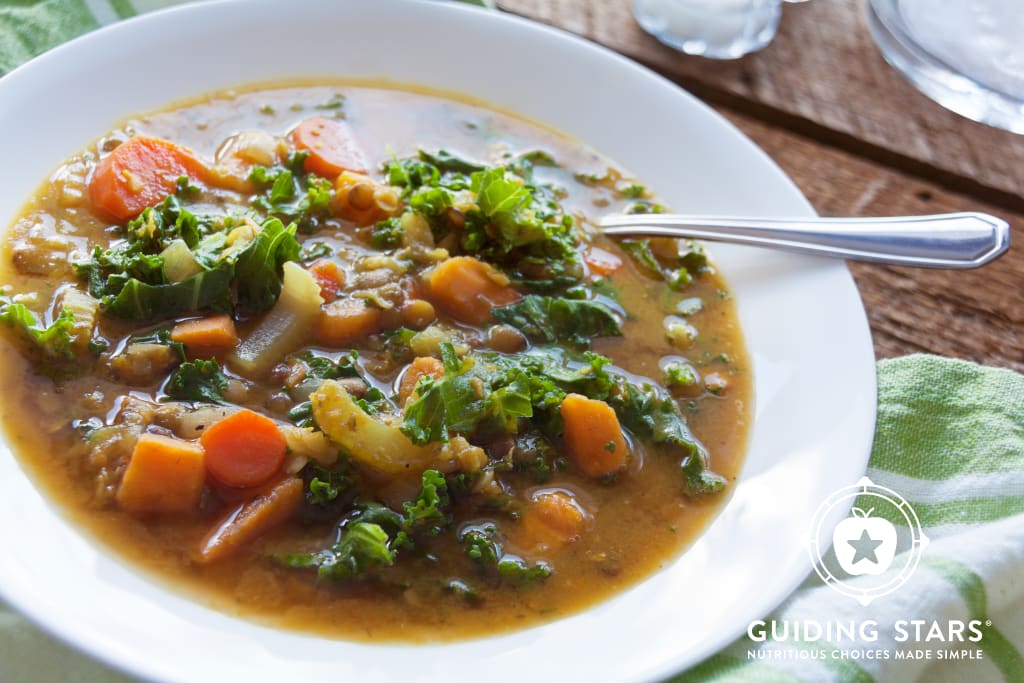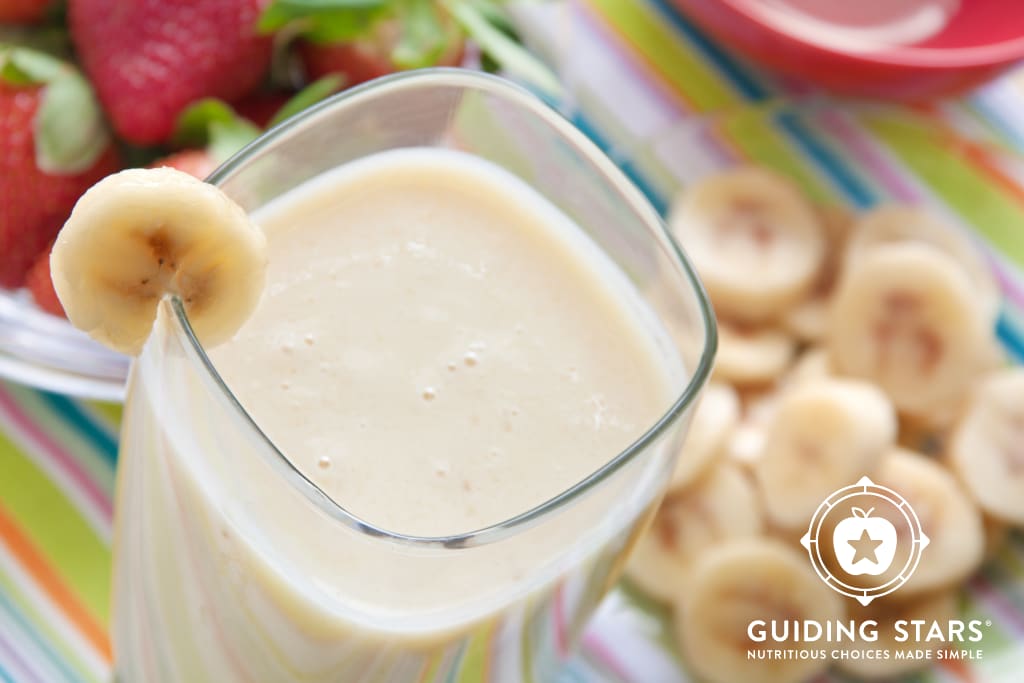When I found out I was pregnant, the first thing that crossed my mind after the initial excitement was worry about the pregnancy nausea. That’s right, I’m calling it pregnancy nausea, not the euphemistic and optimistic “morning sickness.” Setting realistic expectations makes tough situations easier to handle, in my experience. For some pregnant women, the nausea that plagues roughly weeks 6-12 of pregnancy does not only show up in the morning. For me, it was the worst in the morning, but it persisted off and on ALL DAY LONG. Eating was absolutely essential for keeping the nausea from turning into an empty-stomach-retching fest, but at the same time, just about everything tasted horrible.
Fortunately for me, my behind-the-scenes work with the excellent dietitians at Guiding Stars has, over the years, armed me with knowledge that helped me get through those rough weeks without reverting to the Simple Carbs (e.g., crackers) Only Emergency Diet that’s often the easiest way to cope with pregnancy nausea.
What’s behind morning sickness?
Fun story: we don’t really know why morning sickness is a thing. “Hormones,” they say. “Your digestion is slowing down to let your body absorb more nutrients,” they say. Both of these things are true, but they’re not that useful in figuring out how to manage the problem. We do know, however, that certain food-related situations can make the nausea worse, such as:
- Low blood sugar
- Too much food at once
- Dehydration
Addressing these issues might not help every pregnancy, and some folks need more medical support with the nausea, so keep your practitioner in the loop. For many of us, however, working on them can help make the pregnancy nausea more manageable.
Let’s talk about blood sugar.
There’s a stereotype that pregnant women basically live on crackers and toast during the nausea peak, and I certainly ate my fair share of these. Simple carbs, like white bread, most crackers, and pasta, however, are not great at blood sugar management. They spike it quickly, which can help the nausea pass faster, but they need the support of fiber, protein, and fat to keep your energy levels high. Complex carbs are a better bet—they take longer for your body to process and keep your energy levels steadier.
For me, this was the best combination for getting over the morning hump enough to function:
- Spike my blood sugar immediately. Clementines, kiwi, berries, orange juice, and yes, sometimes crackers were helpful for this.
- Get fiber and fat ASAP. My go-to was instant steel-cut oats cooked with ½ an apple, apple pie spice (cinnamon, ginger, and nutmeg), and a few walnuts. By cooking the apple and spices with the oatmeal, I found it sweet enough without sugar, which was handy, because sugar brought on the quease big-time.
- Follow-up with some protein. I have chickens, so for me, this was a scrambled egg most mornings.
These recipes are handy to make ahead so you don’t have to cook for yourself when you feel terrible.
Black Bean Breakfast Burrito
These burritos are great for slow-digesting fiber, filling protein, and heart-healthy fat.
View recipe »Melissa’s Green Breakfast Smoothie
This smoothie is my personal favorite for starting the mornings. Bonus: it's an iron powerhouse.
View recipe »Say hello to the mini-meal.
If my breakfast routine sounds like an insane amount of food for someone who is struggling not to puke, you’re right: if you eat it all at once. For me, it was a 3-4 hour routine to move from sugar-spike to protein-boost, mostly because the disgust with which all food filled me turned me into the world’s slowest eater. (Unexpected bonus of pregnancy nausea: Mindful Eating Bootcamp!) The effect was that I was basically eating tiny amounts 85% of the time I was awake. You might be worried about getting too many calories (understandable—your caloric intake doesn’t need to jump until after the first trimester), but lots of mini-meals genuinely doesn’t need to mean too much good.
Think about the math, using calories as a measuring stick (for the sake of discussion, not because you need to rule your life by calories). Let’s say your daily caloric target is about 1,800 (again, just for the sake of discussion–individual needs vary for many reasons). And let’s say that, being exhausted all the time, you’re awake 12 hours a day (for me, it was more like 10 during that always-nauseous window, so this feels generous to me). If you’re eating only mini-meals like I was, this means you want about 300 calories 6 times, roughly every 2 hours, or something in that ballpark.
Here’s a template for what roughly worked for me as a mini-meal template:
- 1 serving whole grains
- ½ serving protein and/or heart-healthy fat
- 1-2 servings fruit or vegetables
Our dietitian, Allison Stowell, put together an amazing chart for putting together mini-meals…if you’re in the first trimester, having this printed and stuck on your fridge is a smart idea.
The hydration conundrum was the worst.
Being dehydrated makes nausea worse. Nausea made water intolerable. I couldn’t stomach even decaf coffee or tea of any stripe. Dehydration was a worry for me, and I say that as someone who normally has absolutely no problem getting my daily water intake. Pregnancy is anything but normal, though, and you’ve got to do what you’ve got to do. These are the things that dragged me through it.
- Mess with your water temp. Cold water was unbearable. Room temp water I could choke down…a bit. Hot water was fine. Most of my water was boiled and either plain or with a little lemon juice. (Just bottled lemon juice…who has energy to deal with fresh lemons in the first trimester?) The right temp is different for everyone, so experiment to find what’s least intolerable to you.
- Ease up on rules about caloric beverages. If you’re someone like me who has struggled with maintaining a healthy weight, you’ve probably heard the “avoid empty calories” rule about beverages. I stopped drinking juice in college. I rarely drink milk. I’m cautious about how often I make a meal out of a smoothie. During that nausea peak, though, I could stand liquid from milk, juice, and smoothies, so I worked all three into the nutritional breakdown of my mini-meals in small quantities to help keep my fluid intake up.
- Eat fruit. I have never in my life adored fruit more than during pregnancy. Oranges and berries, in particular. Fruits that are high in water content do help maintain your hydration levels, so if you’re craving those lovely little vitamin-bombs, indulging will help with your hydration situation.
- Eat soup. Low-sodium soups are not only a great vehicle for veggies that might be harder to choke down, they’re also an excellent way to get a little more fluid in your day. Soup and I are not normally good friends, but during pregnancy, I’ve been loving it.
These are a few of my personal favorites for working a little more liquid into your meals if you’re struggling to keep water down.
Coconut Water Berry Popsicles
Fruit-sweetened coconut water is a better source of electrolytes for hydration than many sports drinks.
View recipe »Two-Lentil Soup
Low-sodium soups can help with hydration. This one is modestly salty, just right for putting salt back in if you're not keeping it down.
View recipe »Rainbow Root Soup
Chicken soup is always nice when you're feeling queasy, and this one is pretty enough to tempt even iffy appetites.
View recipe »Tofu Fruit Smoothie
Fruit was a favorite hydration source at times, and this one supports the fruit with a little protein for balance.
View recipe »Remember, addressing these issues might not help every pregnancy, and some folks need more medical support with the nausea. For many of us, these tips can help make pregnancy nausea more manageable, but always include the medical professionals overseeing your prenatal care in discussions about diet change.
Thanks to our dietitian, Allison Stowell, for reviewing this post before publication!





